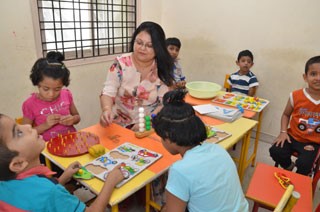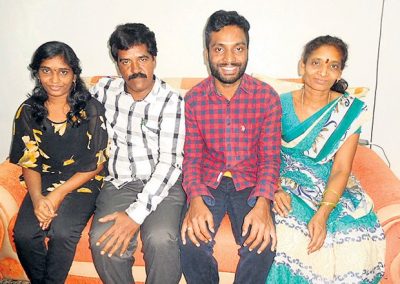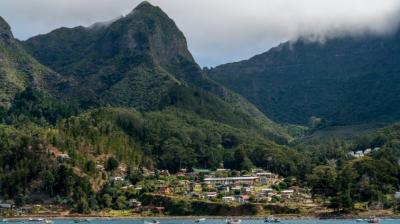For almost a century, the inhabitants of Robinson Crusoe, named for literature’s most famous castaway have known that their island’s fragile ecosystem depends on them conserving its unique wildlife.
One of three islands in the Juan Fernandez archipelago, 700 kilometers (430 miles) off the Pacific coast of Chile, it was discovered in the sixteenth century. The island chain secured its place in history as the home of Alexander Selkirk, the Scottish sailor marooned there for four years and four months, a tale he later related to Daniel Defoe, who penned his adventure book based on his story. One of the other islands in the chain is called Alexander Selkirk, the third is Santa Clara.
In 1977, the archipelago was named a biosphere reserve and almost a year ago, Chile announced the creation of the enormous Juan Fernandez Marine Park. Covering an area of 262,000 square kilometers (101,000 square miles) of ocean, it is one of the largest protected zones in the Pacific.
It also connects to a network of marine reserves in Chile totalling some 1.3 million square kilometers, meaning that about 44 percent of the nation’s waters have some level of protection against mining and industrial fishing.
The wildlife of these remote islands faces various threats, including ocean trash, in particular plastic and invasive species that have been introduced to the fragile ecosystem of Juan Fernandez, home to around 1,000 people.
Cats, rats and coatis (a type of South American raccoon) are the main hazard for the Juan Fernandez firecrown, a type of hummingbird found only in the islands, and whose eggs and chicks are easy prey. They are also a threat to the pink-footed shearwater, a migratory seabird which only nests in the archipelago, where there are 35,000 pairs, and on Mocha Island, close to the mainland, where there are 60,000 breeding pairs.
The environment ministry has just launched a recovery plan to protect the underground nests of the shearwaters, which fly in to mate every year from the United States and Canada.
“People are taking this seriously,” said Pablo Manriquez, coordinator for the NGO Oikonos, noting that residents have changed their street and house lights from white to red or green to help the shearwaters avoid crashing into buildings and trees in foggy weather, when the bright lights appear to disorient them. Downed birds are vulnerable to predators.
Work has also been started to preserve the luma trees where hummingbirds nest, eradicating non-native blackberry bushes that strangle the trees. Sustainable fishing is the archipelago’s main goal.








